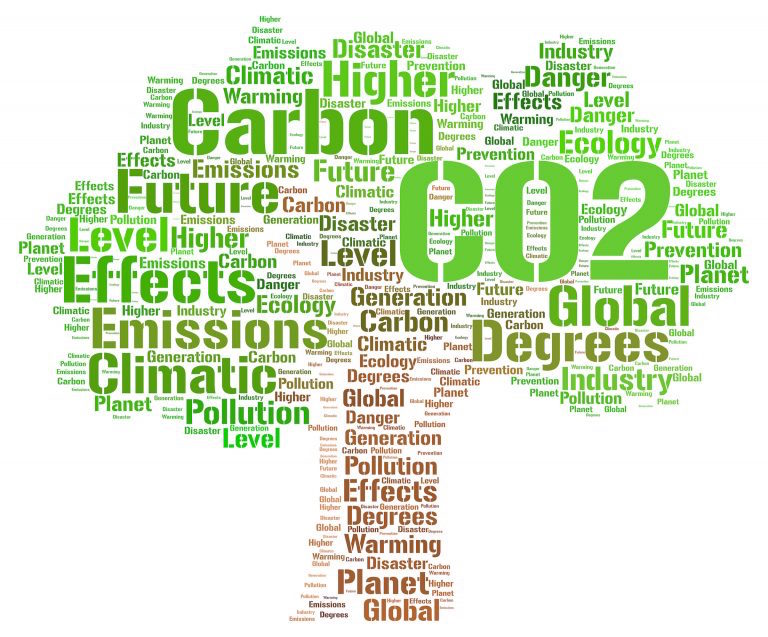
It has been licensing its carbon-injection equipment to concrete producers around the world, with a goal of preventing nearly 500 million tons of carbon dioxide from entering the atmosphere every year. They say their technology could eventually help trap billions of tons of carbon dioxide.ĬarbonCure Technologies, based in Nova Scotia, is taking another route, seeking to inject the emissions from a range of industrial plants into concrete while it’s being mixed, effectively locking it into the cured stone and keeping it from the atmosphere. “I am very confident that we can have a meaningful impact on CO2 emissions,” said Ryan Gilliam, who cofounded Fortera four years ago with the goal of enabling the cement industry to effectively eliminate its carbon pollution by 2050.Īnother California company, Blue Planet, has similar technology that seeks to mineralize the carbon dioxide produced by cement manufacturers to create synthetic limestone, a kind of rock that can be used in concrete. Walker/Globe Staffįortera, a California-based company that has raised more than $35 million and is now building its first commercial plant, says its manufacturing process captures large amounts of carbon dioxide from the kilns in traditional cement plants and uses that to create a new kind of cement that releases 60 percent fewer emissions per ton while it’s being made than ordinary cement. Pilot manager Mathias Ferber looked over a reactor at Sublime Systems. “I think that their approach is very promising,” said Randolph Kirchain, a research scientist who serves as director of MIT’s Concrete Sustainability Hub, which for more than a decade has sought solutions to reduce carbon emissions from cement and other building materials. They plan to replace the kiln with an electrochemical process that extracts the key ingredients of cement from a range of minerals in igneous rocks at room temperatures, using renewable electricity. The company, based here at the climate-tech incubator Greentown Labs, plans to build cement plants in the coming years that don’t use limestone or require high temperatures. More emissions come from cooling the kilns and transporting the cement. The clinker is then ground into a fine powder and mixed with other materials, such as gypsum, to make cement.įor every ton of clinker produced, about 1,300 pounds of carbon dioxide is released into the atmosphere. That process creates something called clinker, a binding agent, by stripping carbon dioxide from the limestone. Sublime plans to develop large amounts of cement without using traditional methods, which involve depositing a mix of limestone and clay into giant kilns and using fossil fuels to heat them up to about 2,500 degrees. It’s a potentially lucrative race to a solution that can’t come soon enough.

Those opposing forces, and the urgency to reduce the pollution, has led Sublime and scores of other companies to seek novel ways of creating cement that either doesn’t produce carbon emissions or reduces them. To comply with the Paris climate accord, cement emissions must fall by at least 16 percent by the end of the decade, scientists say. Without significant changes in how cement is produced, the resulting pollution could increase substantially over the coming years as more countries, such as China and India, develop at a rapid pace.


The manufacturing of cement, a flour-like substance that becomes concrete when mixed with sand, gravel, and water, was responsible last year for nearly 2.8 billion tons of carbon dioxide - more than triple the amount of carbon pollution from global aviation, according to the CICERO Center for International Climate Research in Norway.Įmissions from cement have more than tripled since the early 1990s, and they’re now responsible for roughly 7 percent of all global carbon emissions. “If we’re successful, this could be a way of making cement for millennia to come,” said Leah Ellis, chief executive of Sublime Systems, an MIT spinoff that has raised nearly $50 million and is developing plans at its labs here to produce a million tons a year of emissions-free cement.


 0 kommentar(er)
0 kommentar(er)
